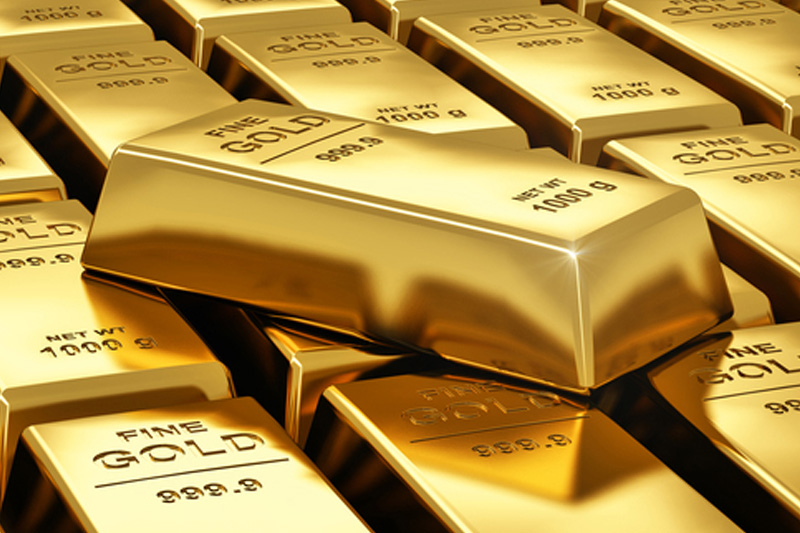By Barani Krishnan
Investing.com - The dream of gold bugs for $1,400 came true. And that's prompting investors to wonder whether the yellow metal or oil will be best positioned to benefit from war cries in the Middle East and the Federal Reserve’s widely-expected rate cut.
Spot gold, reflective of trades in bullion, traded at $1,397.32 per ounce by 2:23 PM ET (18:23 GMT), up $8.91, or 0.6%, on the day. Bullion earlier peaked at $1,411.72, its highest since Sept. 2013. For the week, spot gold was up 4.4% while for the month, it showed a gain of 9.7%.
Gold futures for August delivery, traded on the Comex division of the New York Mercantile Exchange, settled Friday’s trade up $3.20, or 0.2%, at $1,400.10 per ounce. It earlier peaked at $1,414.95, its highest since Oct. 2013, when it rose to nearly $1,454. For the week, August gold was up 4.5% while for the month, it showed a gain of 10%.
“Should August gold climb and sustain above $1,420, my work will point to $1,445/50 as a minimum next target zone thereafter,” said Mike Paulenoff, gold commentator at MPTrader.com.
“This will argue that its multi-year upside breakout will continue unabated, perhaps in reaction to the combination of an easier Fed, a weaker USD, rising inflationary expectations and heightened geopolitical tensions,” Paulenoff added.
Some are talking of $1,500 levels and beyond if conflict in the Middle East reaches new heights after Thursday’s downing of a U.S. drone by Iran, and signs that the Fed could cut rates by 50 basis points or so by next month itself.
“$1,500 looks like the next big round target,” said Philip Streible, senior market strategist for precious metals at RJO Fututres in Chicago. “Of course there’s a lot of stop losses out there that need to happen first.”
Gold has been on an uptrend since the start of June, on speculation of a U.S. rate cut. Earlier this week, the Federal Reserve opened the door for a possible rate cut in the future, sending the yield on the benchmark 10-year Treasury note below 2% — a key psychological level — for the first time since November 2016.
Lower interest rates make safe-haven assets such as gold, which does not yield interest, more attractive while weighing on the U.S. dollar. In Friday’s session, the dollar index, measured against a basket of six currencies, hit a three-month low of 95.76.
